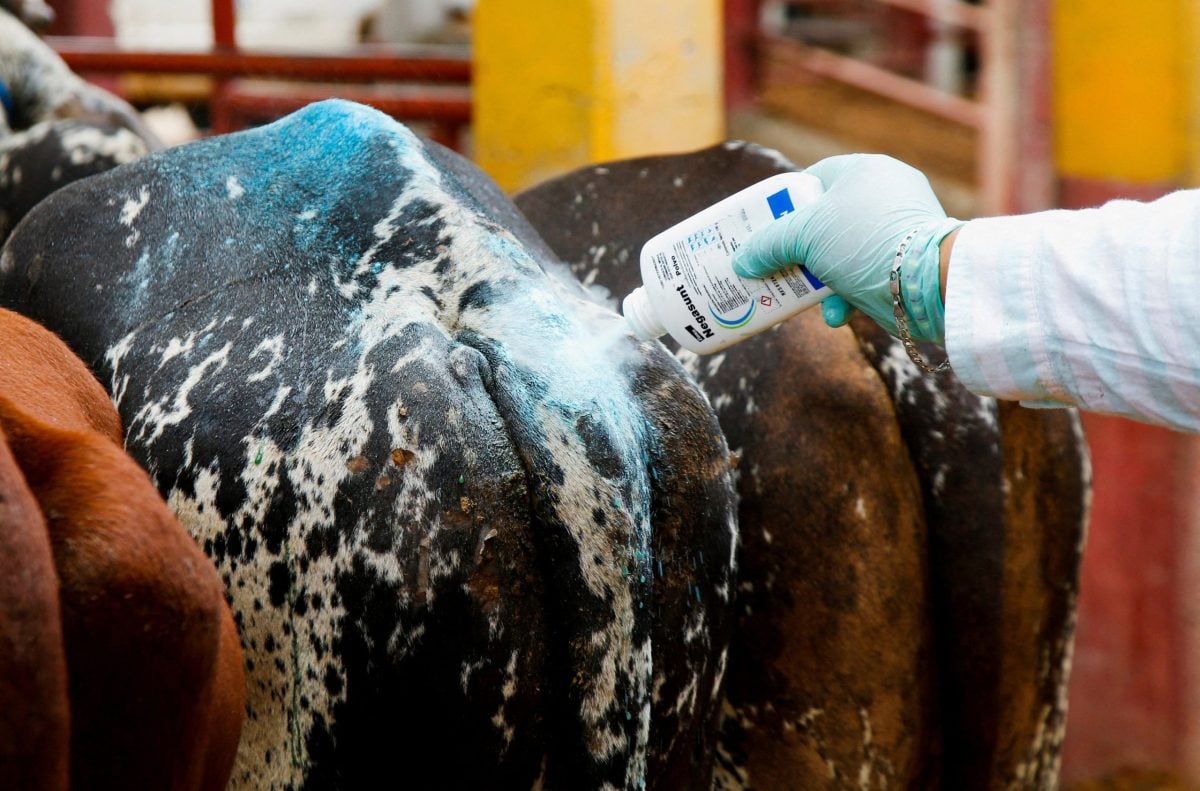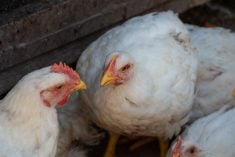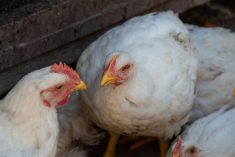Federal programs meant to give importers tariff breaks on certain imports and products destined for re-export are up for tweaks to better cover Canada’s supply-managed poultry and dairy sectors.
The federal government said Friday it plans to launch consultations with “industry stakeholders” over potential changes to its Duties Relief Program (DRP) and Import for Re-Export Program.
It’s hoped such changes will “address the concerns of import predictability and effective border controls for supply-managed commodities,” the government said, while making sure Canadian processors using dairy and poultry ingredients can “remain competitive in export markets.”
Read Also

Mexico agriculture secretary says still no date for restarting cattle exports to U.S.
Mexican Agriculture Minister Julio Berdegue said on Wednesday that Mexico and the United States have not yet set a date to resume Mexican cattle exports amid an outbreak of the flesh-eating screwworm parasite.
The DRP, for example, is meant to allow eligible companies to import goods without paying duties — as long as said goods are later exported. The Import for Re-Export Program is meant specifically for dairy, poultry and egg products, which in Canada are supply-managed.
The Canada Border Services Agency earlier this year found five participants in the DRP were “improperly” selling supply-managed commodities in the Canadian market without reporting the sales or paying required duties, the government said.
Those importers’ DRP licenses were suspended, the government said, and the companies were slapped with “applicable duties, interest and penalties.”
The government said Friday it will also consider measures for dairy and poultry users of the DRP regarding inventory reporting, so as to “improve the predictability of these imports.”
In the poultry sector, the government said it would work to “ensure appropriate tariff classification” of spent fowl — meat from layer hens that no longer lay eggs — by looking at “specific” options for certification of those imports.
Because spent fowl meat can be imported duty-free, some importers are suspected to have been declaring broiler chicken meat as spent fowl meat, the government said.
“Our farmers and processors have been afflicted by leakages in the market that have been occurring for many years now, meaning they face uncertainty in their own production, and consumers face uncertainty in the safety of their food,” Dave Janzen, chair of Chicken Farmers of Canada, said Friday in a separate release.
Addressing these issues won’t affect the “significant” amount of legal imports of chicken, CFC said, noting Canada today is the 13th-largest importer of chicken in the world.
Officials are also “assessing the feasibility” of DNA tests to screen imports of spent fowl at the border, the government said.
That assessment would look at the test’s cost and the “operational feasibility” of the test’s use in the field. It would also involve “scientific validation” of the test, working with other federal departments, industry stakeholders and Trent University.
CFC on Friday pointed to several holes it would like to see plugged in the Duties Relief Program, including marinated products, which were banned from the Import to Re-export Program due to concerns over the “possible diversion to the domestic market” but are permitted under the DRP.
Participants have up to four years to re-export the chicken they’ve imported, CFC said, and imported products could illicitly be substituted with “lower-value cuts, and even spent fowl.”
CFC said the DRP essentially “duplicates” the Import to Re-export Program, which was created specifically for agricultural goods and has in place “adequate verification and safeguard processes.”
The previous Conservative federal government pledged in October last year to exclude any dairy, poultry and egg tariff lines subject to tariff rate quotas (TRQs) from the DRP, the chicken producer group said.
“Canada’s government must move quickly to enact this change and ensure that no further damage occurs from the misuse of the Duties Relief Program.” — AGCanada.com Network












